Scientists mark a milestone in de-extinction research.
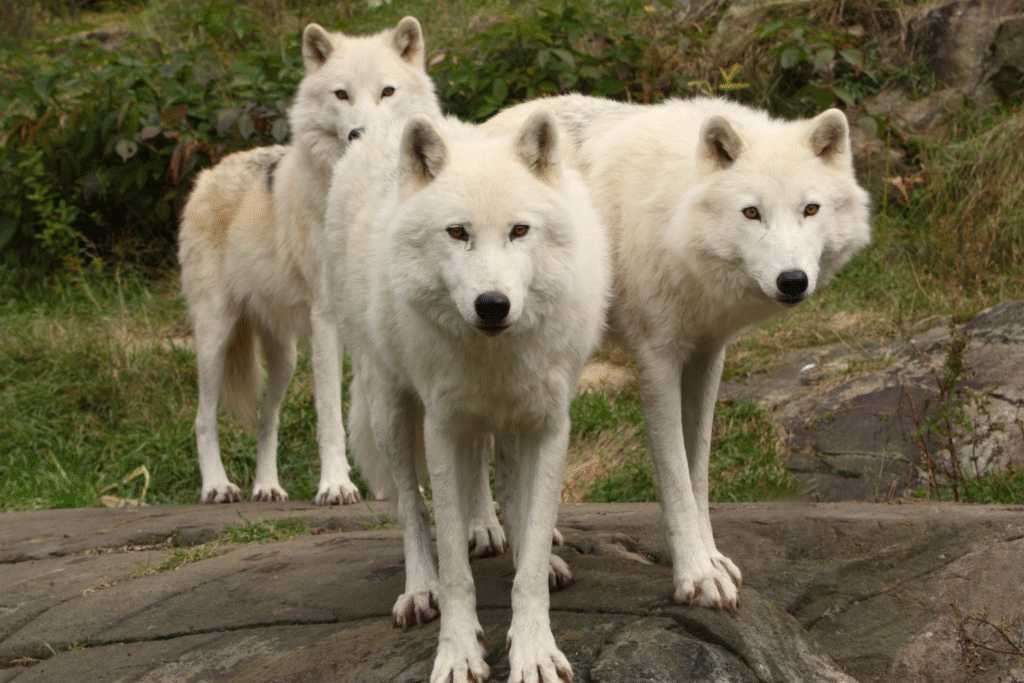
The dire wolf, long thought to have vanished some 13,000 years ago, has re-emerged thanks to breakthroughs in genetic science. In a secure U.S. facility, the first pups engineered through a combination of recovered DNA and surrogate breeding just turned one year old. Their survival marks a turning point in the field of de-extinction, raising both excitement and caution. These animals, once roaming the Pleistocene alongside mammoths and saber-toothed cats, now stand in flesh again. Their birthday is not only a milestone for the wolves but for the ongoing debate about humanity’s power to rewrite extinction.
1. Scientists used ancient DNA from dire wolf remains.

The foundation for this breakthrough came from fossils unearthed at the La Brea Tar Pits in Los Angeles, where thousands of dire wolf remains have been preserved. By sequencing fragments of their DNA, researchers built a partial genome that allowed them to begin splicing genes into modern wolf lineages. This delicate reconstruction has been years in the making, according to the journal Nature.
2. Hybrid surrogates carried the first pups to term.
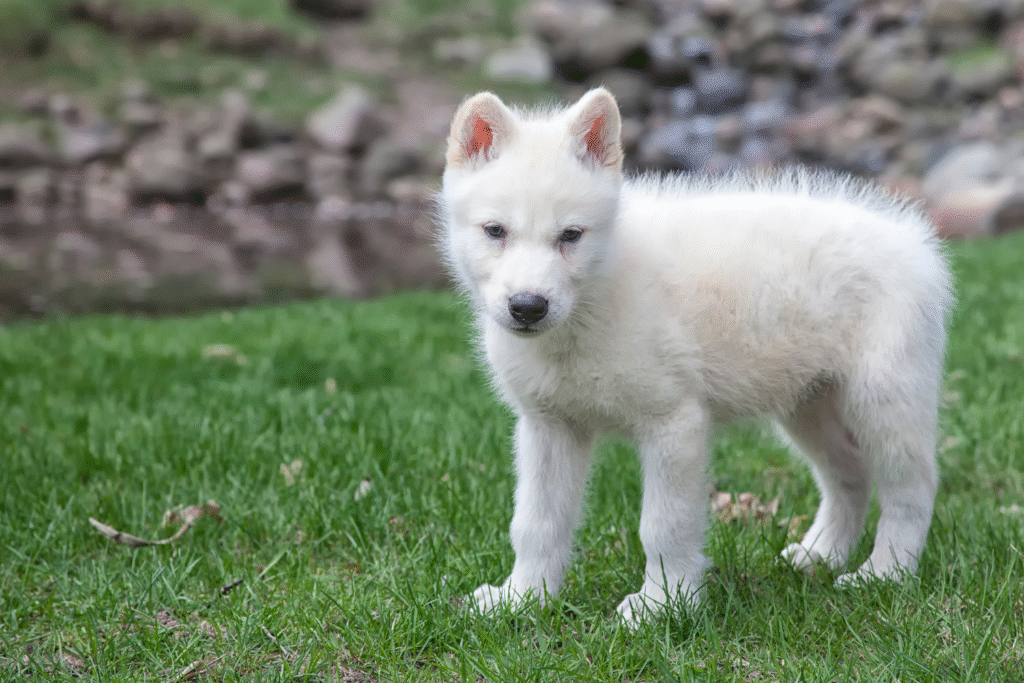
Since pure dire wolf DNA could not be fully restored, scientists relied on modern gray wolves and select canid surrogates. Embryos containing engineered genetic sequences were implanted and closely monitored. After a 63-day gestation, the first pups were born healthy and strong. The method is consistent with approaches used in other de-extinction efforts, as stated by Scientific American.
3. The first year has exceeded survival expectations.
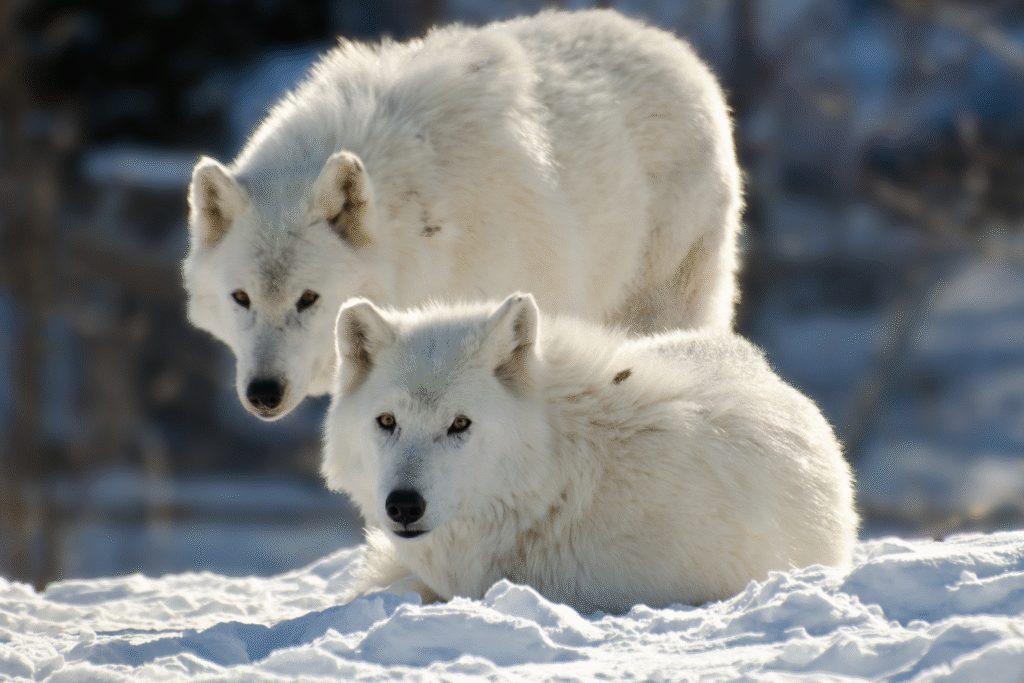
Conservation biologists initially worried the recreated dire wolves might face developmental issues, but growth has been steady. At one year, the pups display robust size, strong bone structure, and pack-bonding behavior eerily similar to descriptions of their extinct ancestors. Veterinarians emphasize this progress reflects careful husbandry and strict monitoring, reported by National Geographic.
4. Their appearance hints at an ancient predator’s return.
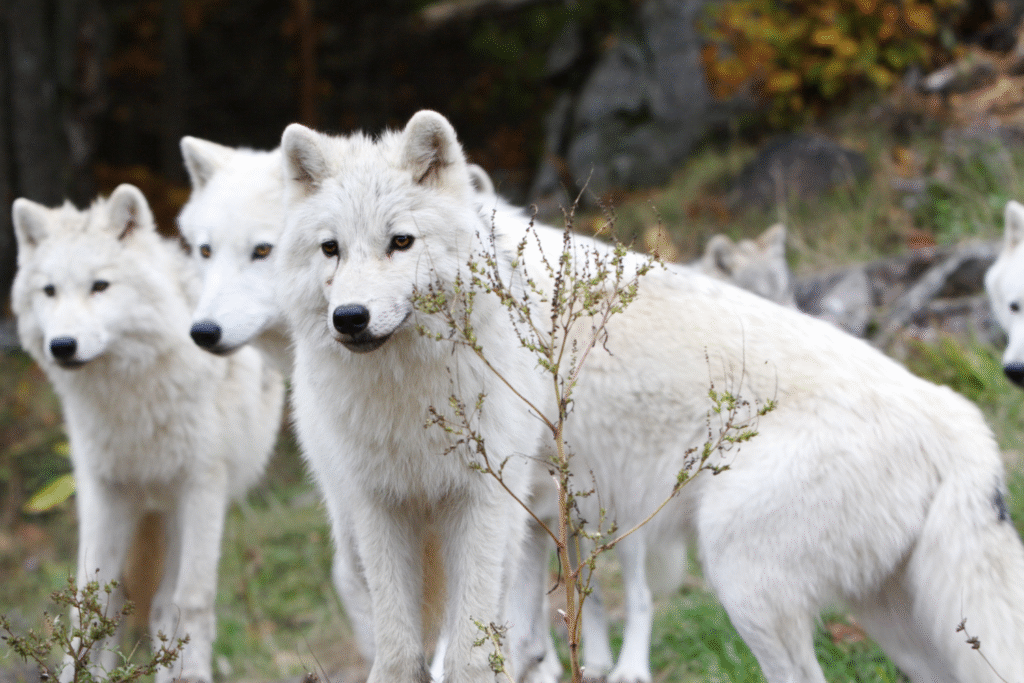
The young wolves are noticeably larger than gray wolves of the same age, with broader skulls and heavier jaws. These traits match fossil records describing dire wolves as formidable hunters capable of tackling massive prey. Observers note their striking amber eyes and thicker coats, features that evoke an animal built for Ice Age survival.
5. Early behavior shows signs of distinct social structures.
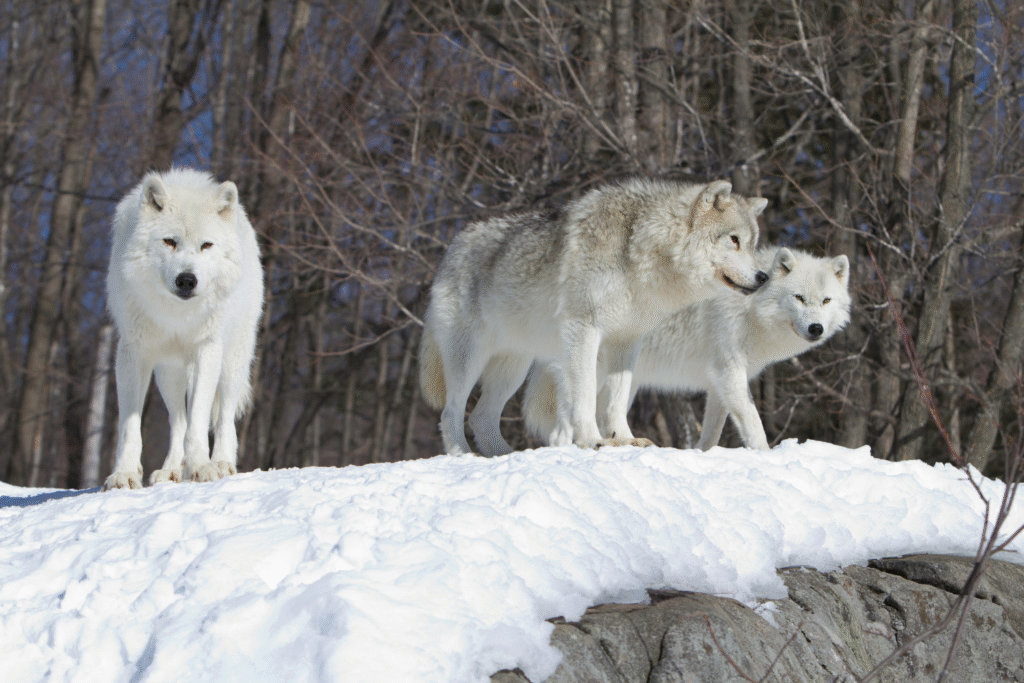
Handlers noticed the pups forming tight hierarchies within their enclosure. Unlike modern wolves, their dominance rituals appear harsher, with longer bouts of vocalization and sharper physical contests. This behavior aligns with theories that dire wolves had unique pack dynamics, setting them apart from their modern cousins.
6. Ethical debates over de-extinction continue to grow.

The project has stirred global conversation. Critics argue that resources should focus on protecting existing endangered species rather than reviving lost ones. Proponents counter that breakthroughs made here can help genetic rescue programs for species on the edge of extinction today. The dire wolf experiment has become a lightning rod in this debate.
7. Conservationists see potential benefits for ecosystems.
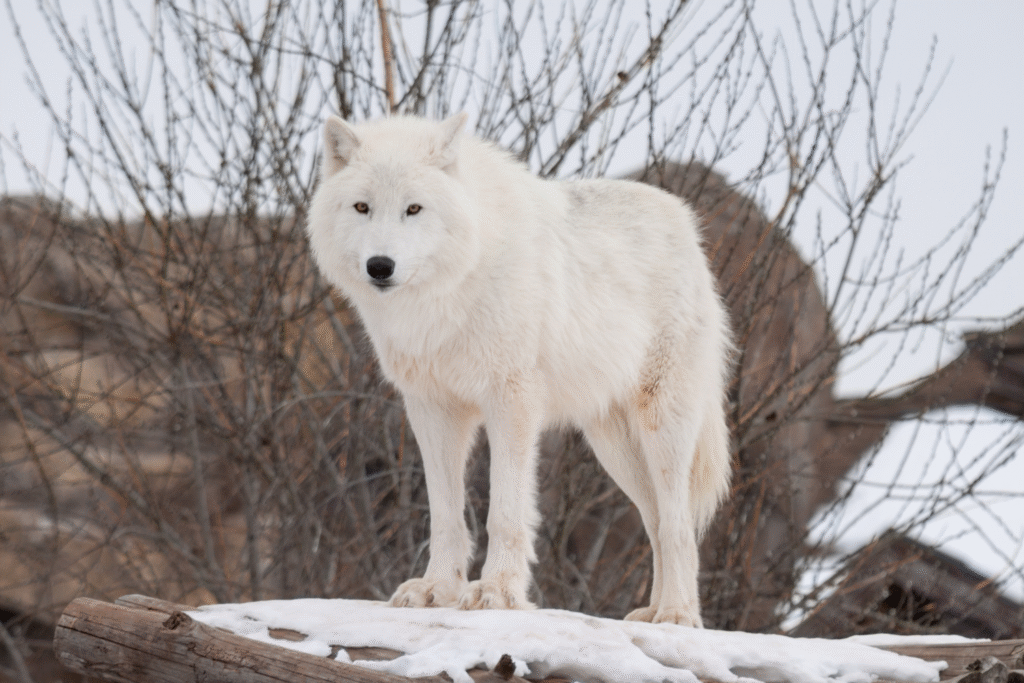
Some ecologists suggest recreated dire wolves could restore balance to prey populations in areas overrun with herbivores. By reintroducing apex predators, ecosystems may recover lost functions. However, introducing a predator into today’s fragmented landscapes is far from simple, requiring decades of study before release would ever be considered.
8. Public fascination has surged with the dire wolf story.
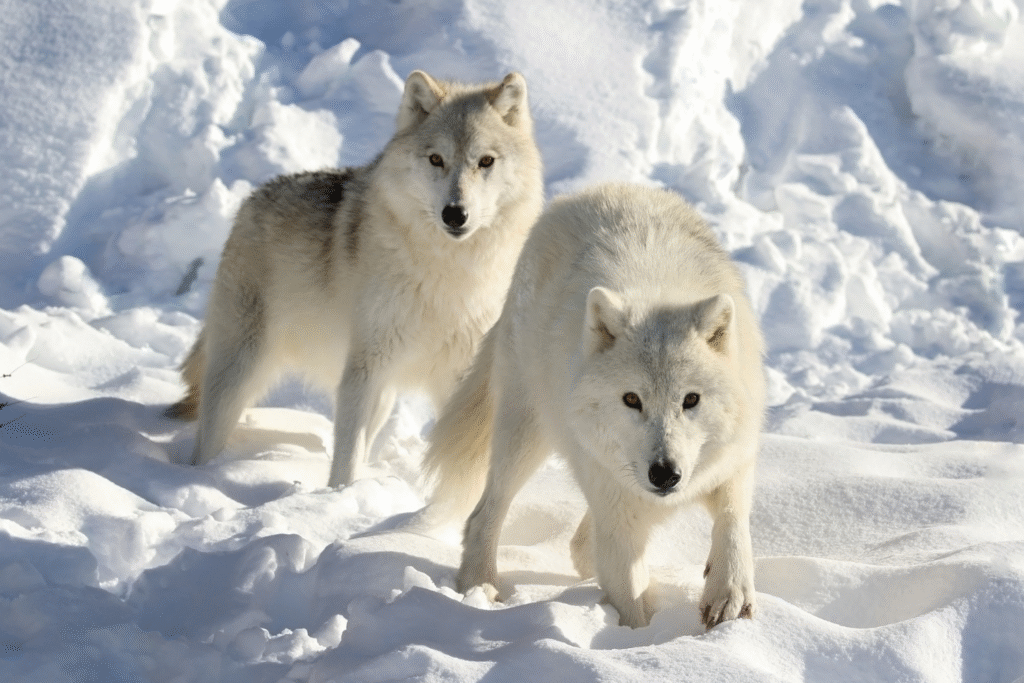
From documentaries to social media buzz, the return of dire wolves has captured imaginations worldwide. Comparisons to mythology and pop culture have fueled interest, but scientists stress that these animals are not fantasy—they are real, living canids demanding careful stewardship. Their birthday was marked quietly, but its significance was global.
9. Genetic engineering opens new doors for biodiversity.

The techniques refined here could help rescue species like the northern white rhino, where only a handful remain. By applying genetic splicing and surrogate pregnancies, conservationists hope to prevent irreversible losses. The dire wolf project demonstrates that such technologies, once experimental, are now producing living, breathing results.
10. Their future remains uncertain but undeniably historic.
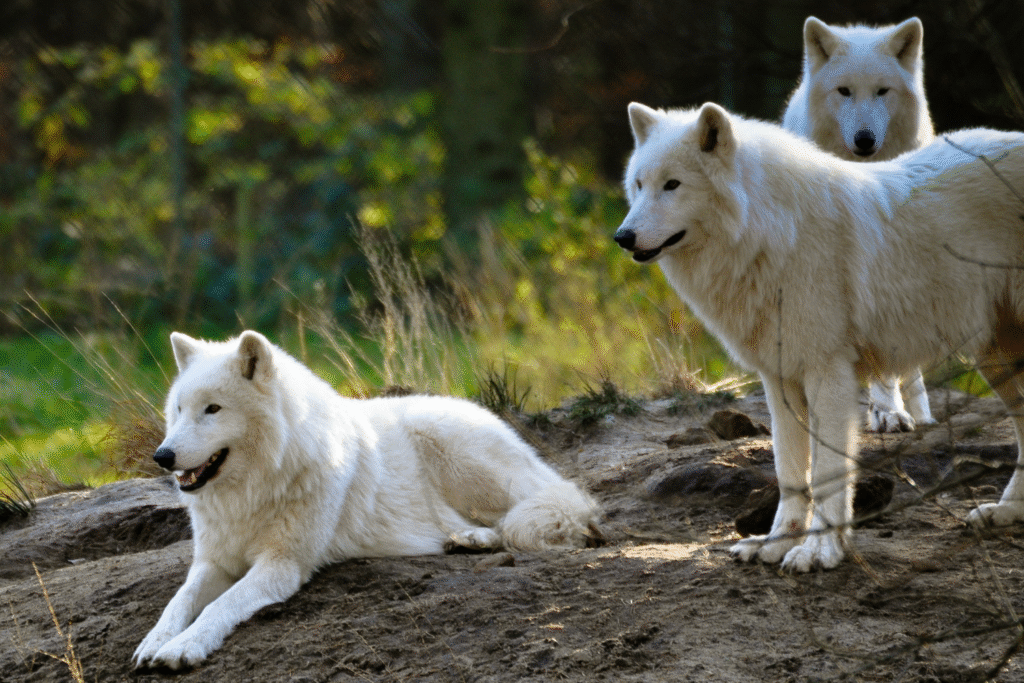
While the first year is cause for celebration, no one knows how these wolves will mature or whether they can breed successfully. Long-term studies will determine if they truly embody the resilience of their extinct kin. For now, their survival marks a moment that scientists, ethicists, and everyday people will look back on as the first chapter of an audacious new era.
